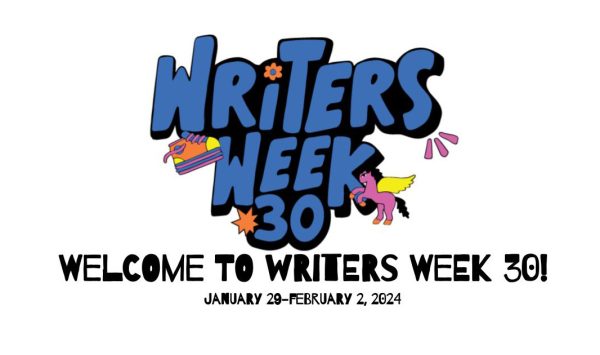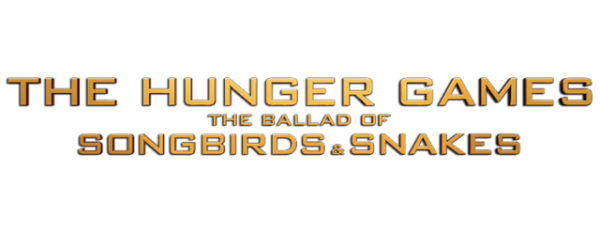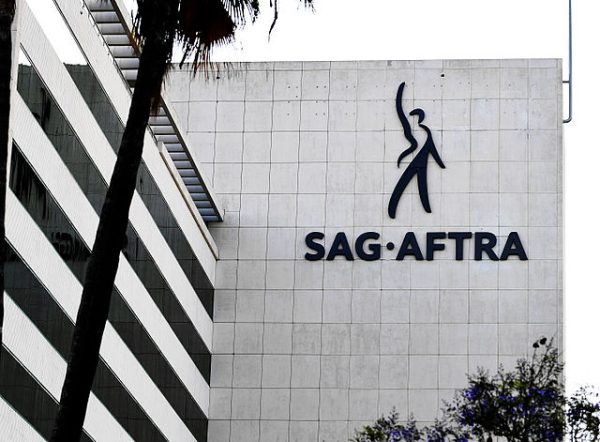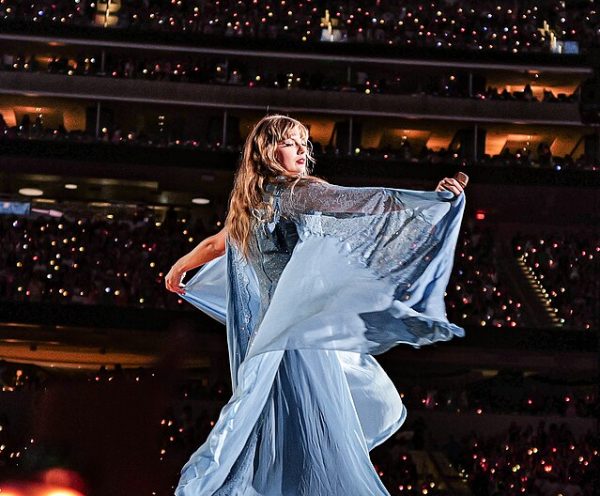Justin Timberlake lives up to expectations with ‘Man of the Woods’
February 28, 2018
Justin Timberlake set fans into a frenzy at the beginning of January by unexpectedly releasing a minute long video with a dramatic nature montage including shots of him standing in a cornfield and running across a desolate plain. Teasing his fifth studio album, Man of the Woods, Timberlake assured fans the album would be the most personal record he had done yet, inspired by his wife and son. Though Man of the Woods is not nearly as cohesive as Timberlake’s previous work, it is one of the most uniquely produced pop albums released recently.
Timberlake, a member of the now disbanded 2000s boy band *NSYNC, released his first solo album, Justified, in 2002. Since then, he has taken on roles in various movies such as 2010’s The Social Network and 2016’s Trolls and has released four other studio albums.
Man of the Woods begins with “Filthy,” produced by Timbaland and Danja who have been collaborators on a number of Timberlake’s songs over the years. Its funky, dark futuristic sound incorporates synthesizers, unique complimentary bassline and brief moments of crushing guitar. Though Timberlake isn’t singing so much as speaking, the song’s instrumentation makes it one of the standout songs on the album.
Timberlake unleashes his famous falsetto on “Higher Higher.” The Neptunes, a production duo consisting of Pharrell Williams and Chad Hugo, bring their trademark funk sound to the song. Timberlake’s lower range vocals are layered with a perpetual Pharrell-esque falsetto. The infectious bridge, paired with subtle percussion, gives the song a sound reminiscent of Daft Punk’s “Get Lucky.”
Collaborations are scarce on Man of the Woods, but artfully done. “Morning Light,” which features Alicia Keys, has distinctive production from Timbaland, granting the song a mildly nostalgic sound. Chris Stapleton brings a bluesy air to the otherwise pop dominated album with “Say Something,” which successfully blends and balances Timberlake’s and Stapleton’s voices, albeit being mildly repetitive.
Timberlake seeks a contemporary sound in “Supplies,” but the result is ultimately disappointing. The track tries to meld trap effects more characteristic of Migos or Future with Timberlake’s voice. While Timberlake’s attempt to remain contemporary is appreciated, it is ill-fitting given both his voice and the song’s message. In “Wave,” Timberlake’s voice is drowned out by unnecessarily loud Caribbean sounds. The vocals are choppy, and “Wave” sounds like two separate songs poorly pieced together. Raphael Saadiq’s bass and the whistle that kicks in in the latter half of the song make “Wave” slightly more bearable.
Timberlake does not attempt to build off of previous albums, but rather redefines himself as an artist in Man of The Woods. While it lacks an overarching theme and screams confusion in its attempt to channel both futuristic and country sounds, Man of the Woods is capable of contending with other albums released over Timberlake’s illustrious career.











